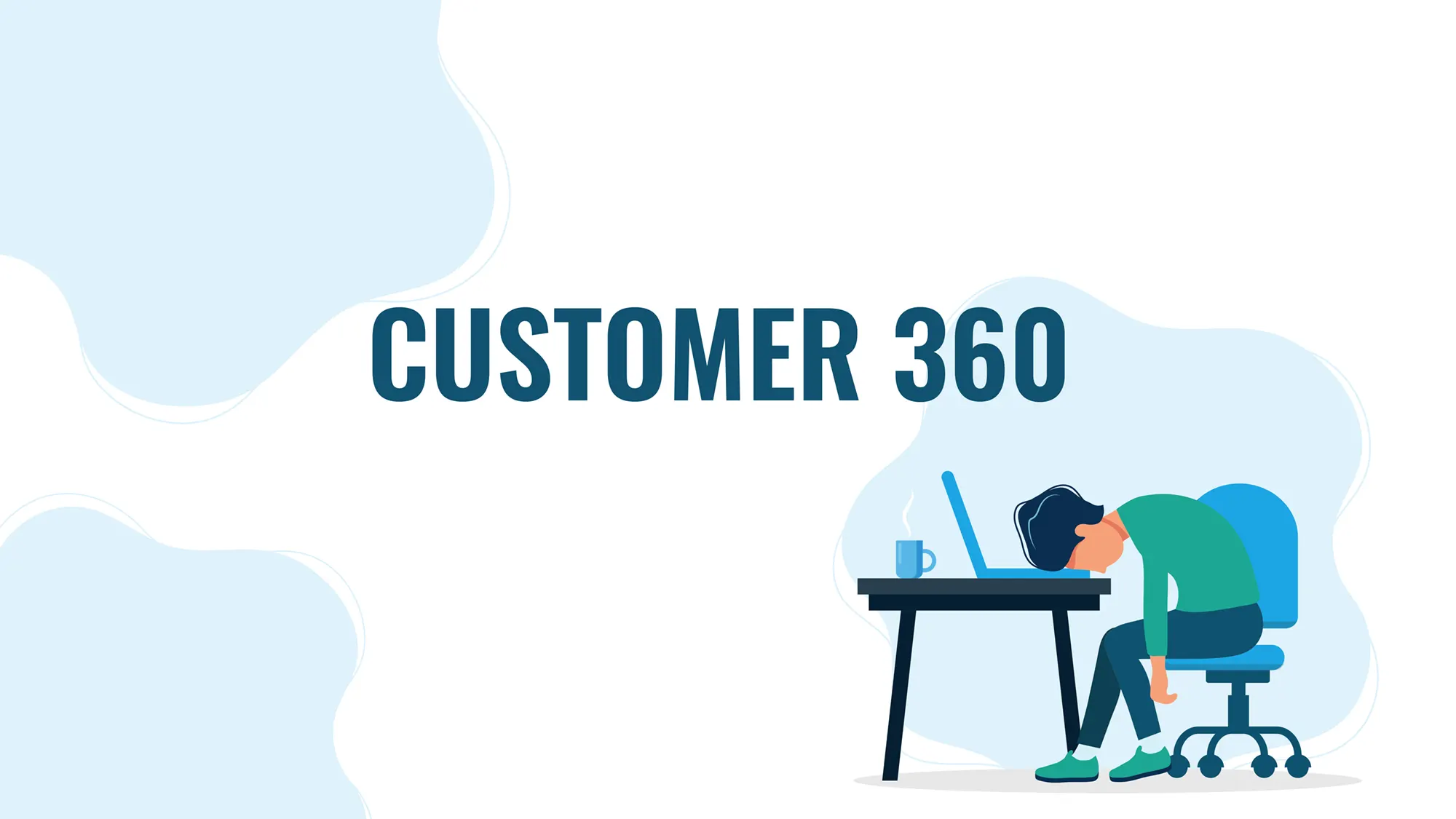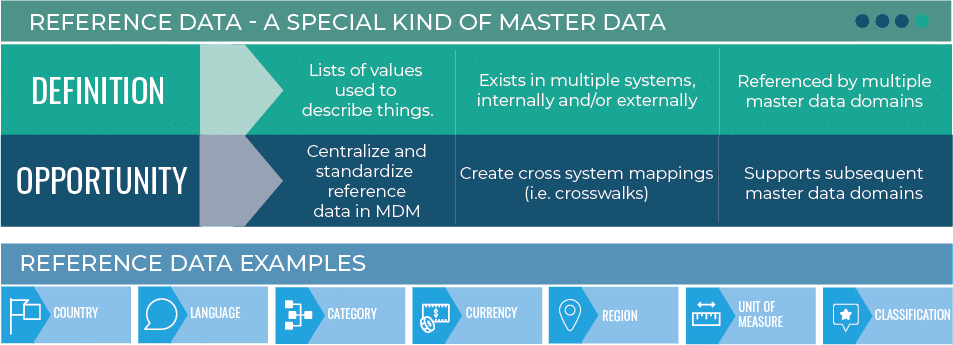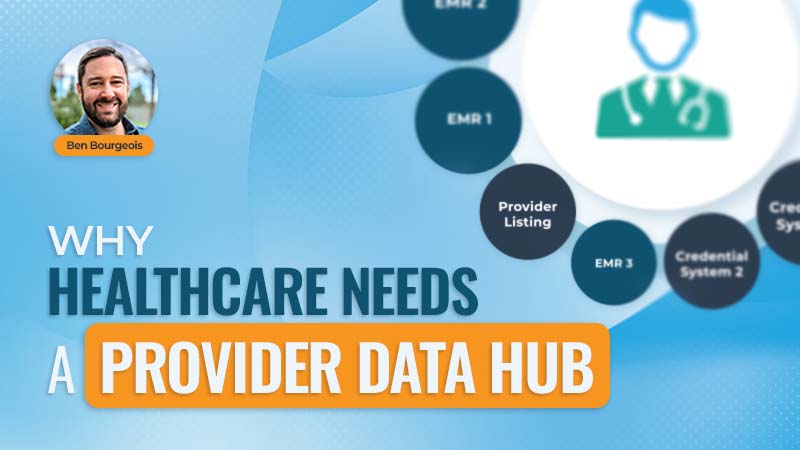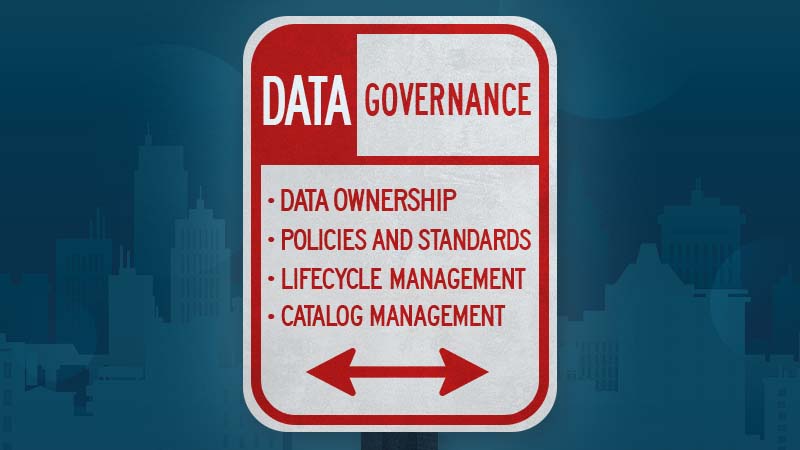Table of Contents
Today, organizations are accumulating exponentially larger volumes of customer and product data, and it often becomes fragmented, duplicated, inconsistent, incomplete, ungoverned and out-of-date as it travels throughout the organization.
To answer these questions, organizations are increasingly turning to the notion of a customer or product ‘360’ to help comprehensively identify and understand their customers to increase revenue, reduce costs, identify inefficiencies and improve the customer experience.
Vendors often tout the speed and flexibility of an application-based approach to data management. You just need to simply purchase an application that promises a ‘customer 360,’ ‘product 360’ or another seemingly complete view of one of your primary data types and you will be on the path to increased sales, targeted marketing campaigns and trusted reporting.
While this is a well-intentioned goal and a seemingly reasonable approach to data management, it is ultimately a myopic and limited approach.
Read on for 4 symptoms that indicate your customer, product or other single-domain applications is falling short — and how you can truly achieve a 360-degree view of your business through high-quality, trusted data across all essential data types.
SYMPTOM 1: Using a Business Application (ERP, CRM, etc.) as a ‘Single Source of Truth’
It may seem intuitive to establish a single source of truth or a 360-degree view of your business with your existing business apps and services. After all, if your customer relationship management (CRM) system is where you currently store and manage most of your customer data, why not use it to master it across your organization?
But business applications like CRMs and enterprise resource planning (ERP) tools generally are not designed to consolidate data from multiple sources, which is table stakes for matching, merging and managing your data into a single source of truth. And they certainly lack matching and comprehensive data quality rules, much less workflows for data stewardship and the ability to synchronize data back to other source systems.
Using a business application as the single source of truth may seem like a “good start” but it is often later revealed as a “dead end,” especially as you introduce other data types, or domains, into your business use case.
SYMPTOM 2: Your Reference Data is Siloed from Critical Processes
When you first sit down to take stock of the most important data to your business, it makes sense to consider customer, product or location data. But it is critical to also consider the reference data that often connects these domains and helps business users make sense of the relationships among them.
Reference data can take many forms but are the ‘simple’ lookup tables included in many applications across the enterprise — from the approved list of state codes to sales regions, to cost center hierarchies to standard diagnosis codes in healthcare.
A single-use business application simply cannot manage these reference tables and make them available to other source systems. So it is essential to centralize this data and manage it properly in an MDM platform so you can rely on the data and know it is only managed once, avoiding duplicated effort and inconsistencies later.
SYMPTOM 3: Your Database Approach Requires Custom Coding and is Slowing You Down
We have established that single-use business applications like ERPs and CRMs cannot manage data across your other critical systems or manage reference data across the enterprise.
So you know that you shouldn’t go the single application route — how about a database approach like a data warehouse and ETL (extract, transform and load) tool?
Enterprise data warehouses and/or data lakes can store and combine your enterprise data — but without the matching, merging and survivorship capabilities of an MDM solution, your efforts will fall short.
What’s more, you lack an automated way to model data stewardship processes and workflows and don’t have a UI to engage data stewards in resolving data issues.
Any database-driven approach will lack the critical capabilities required to manage your data at scale, including data modeling, hierarchy management, data stewardship and multidomain support. Taken together, going it alone in favor of a dedicated, multidomain MDM platform will fail to manage your business data holistically and comprehensively.
SYMPTOM 4: Your Approach to MDM Has a Single-domain Perspective
All the solutions and applications described so far fail to provide a complete, 360-degree view of your business because they are either only designed to manage a small portion of your critical enterprise data or prove too complicated and cumbersome to develop in-house.
We have shared the benefits of using master data management to comprehensively match, merge and manage your enterprise data. So what if your organization already has a single-domain, or ‘360’ MDM solution?
Using a legacy, single-domain MDM platform that is purpose-built for a single type of data is also a sure way to increase the total cost of ownership.
Following this single- or multiple-domain approach to MDM would require you to supplement that technology investment with a Product Information Management (PIM) solution to manage your product data, for example, and then purchase, implement and configure additional domain-specific applications as you expand into additional use cases.
And more than increasing the total cost of ownership, this approach ultimately limits your ability to harness reference data and make cross-domain insights.
THE CURE: MULTIDOMAIN MASTER DATA MANAGEMENT
You tried these various applications, databases and platforms to get a complete view of a domain such as customer or product data.
Whether you’re in finance, manufacturing, healthcare or another industry, you likely sought out a complete, 360-degree view of your customer or product data to drive strategic initiatives like digital transformation or even to answer questions like “Who are my most profitable customers?” and “Where do I have cross- and up-sell opportunities?”
It is critical to note that you need insights across your critical data domains to answer these questions. In short, no real-world business problems involve only a single domain — so why limit your data-management strategy in this way?
You need a solution that grows with you. The core advantage of using master data management to achieve a customer or product 360 is that it is a comprehensive platform approach that can grow and evolve with your needs, rather than a one-off attempt to solve a narrow problem in a single domain.
Take a Comprehensive, Platform-based Approach to MDM
While it may sound appealing to quickly spin up another application to solve your customer, product or other data issue, this will end up being another data silo to contend with.
A platform-based approach is best for connecting disparate data sources and matching, merging and enriching your data into a trusted golden record. And by doing this across all your domains simultaneously, you can make this single source of truth available to all your source systems and databases simultaneously.
Go beyond customer 360 with a comprehensive, platform-based approach to MDM. Read the full 4 Symptoms of a Lackluster Customer 360 guide today to go beyond a Customer or Product ‘360’ and start your journey on the path to trusted data.

Forrest Brown
Forrest Brown is the Content Marketing Manager at Profisee and has been writing about B2B tech for eight years, spanning software categories like project management, enterprise resource planning (ERP) and now master data management (MDM). When he's not at work, Forrest enjoys playing music, writing and exploring the Atlanta food scene.













